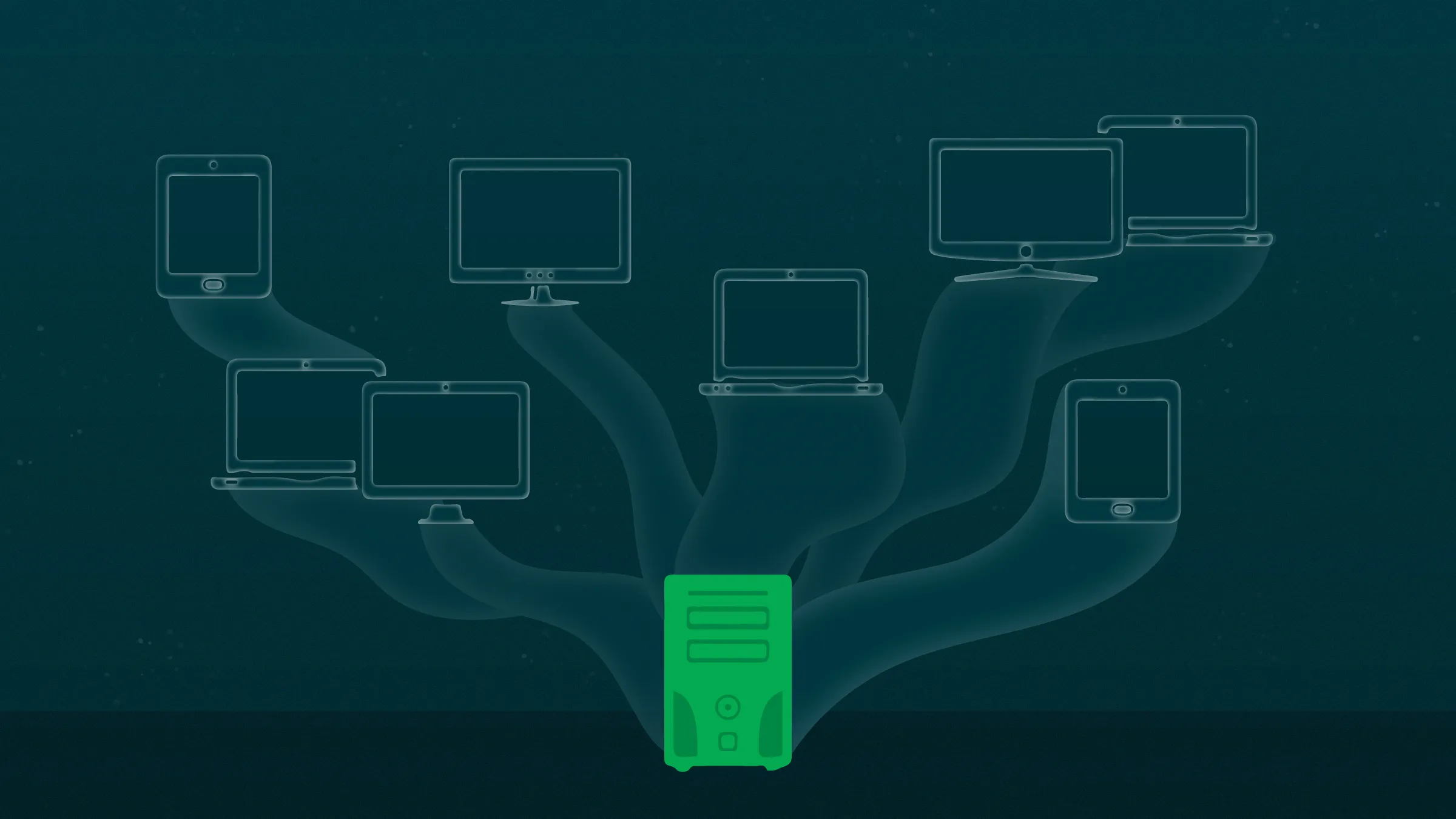
In 2025, as digital transformation accelerates, virtualization technologies have become the cornerstone of enterprise IT infrastructure. This journey from traditional physical servers to virtual machines, then to container technologies and now to Kubernetes orchestration, addresses businesses' needs for agility, cost efficiency, and scalability. In this article, we'll examine modern virtualization strategies, hybrid cloud integration, and enterprise adoption of container technologies in detail.
The Evolution Journey of Virtualization
Virtualization technology has undergone dramatic evolution over the past 20 years:
Generation 1 - Server Virtualization (2000-2010)
Converting physical servers to virtual machines with hypervisors like VMware, Hyper-V, and KVM
Generation 2 - Desktop and Network Virtualization (2010-2015)
Widespread adoption of VDI solutions and Software-Defined Networking (SDN) technologies
Generation 3 - Containers and Microservices (2015-2020)
Adoption of Docker, Kubernetes, and microservice architecture
Generation 4 - Hybrid and Multi-Cloud (2020-2025)
Cloud-native applications, serverless computing, and edge computing integration
Modern Virtualization Strategies
Hyperconverged Infrastructure (HCI)
HCI reduces management complexity by combining compute, storage, and network resources on a single platform. In 2025, HCI solutions:
- Offer AI-powered automatic resource optimization
- Provide seamless workload migration with hybrid cloud integration
- Include built-in disaster recovery and backup features
- Support edge computing scenarios
Container Orchestration
While Kubernetes has become the de facto standard, new trends are emerging:
- Advanced microservice management with Service Mesh (Istio, Linkerd)
- Declarative infrastructure management with GitOps approach
- Event-driven applications with Serverless Kubernetes (Knative)
- Multi-cluster management and federation
Hybrid Cloud Integration
Hybrid cloud strategy aims for the optimal combination of on-premise and public cloud resources:
Workload Placement Optimization
- Critical and regulated data: On-premise
- Variable load applications: Public cloud
- Development and test environments: Cloud-native platforms
- Edge computing needs: Distributed infrastructure
Cloud Management Platforms
Modern CMPs provide:
- Multi-cloud cost optimization
- Unified governance and compliance
- Automated workload migration
- Real-time performance monitoring
Security and Compliance Strategies
Security in virtualized environments requires a layered approach:
Zero Trust Architecture
- Preventing lateral movement with micro-segmentation
- Identity-based access control
- Continuous verification and monitoring
- Encrypted data in transit and at rest
Compliance Automation
- Policy-as-code approach
- Automated compliance scanning
- Real-time audit trails
- GDPR, KVKK, and industry regulation compliance
Performance Optimization and Monitoring
Performance management is critical in modern virtualization platforms:
Resource Management
- Dynamic resource allocation
- NUMA optimization
- Storage tiering and caching
- Network function virtualization (NFV)
Monitoring and Analytics
- Application Performance Management (APM)
- Infrastructure monitoring
- Log aggregation and analysis
- Predictive analytics and anomaly detection
Cost Management and ROI
Returns on virtualization investments:
Direct Savings
- 40-60% reduction in hardware costs
- 50-70% decrease in energy consumption
- 60-80% reduction in data center space requirements
- 20-30% savings through license optimization
Indirect Benefits
- 90% reduction in deployment times
- 85% decrease in unplanned downtime
- 40% increase in IT team productivity
- Business continuity and disaster recovery improvement
Future Trends and Technologies
Technologies that will shape virtualization in 2025 and beyond:
Quantum-Safe Virtualization
Secure virtualization infrastructure against quantum computer threats
AI-Driven Automation
Autonomic system management and self-healing infrastructure with artificial intelligence
Edge-Native Virtualization
Lightweight virtualization solutions optimized for 5G and IoT
Sustainable Computing
Carbon-aware workload scheduling and green computing initiatives
Implementation Best Practices
Critical steps for successful virtualization projects:
1. Assessment and Planning
- Current infrastructure analysis
- Workload characterization
- ROI and TCO calculations
- Risk assessment
2. Pilot and Proof of Concept
- Small-scale test environment
- Performance benchmarking
- Security validation
- User acceptance testing
3. Migration Strategy
- Phased migration approach
- Rollback plans
- Data migration and validation
- Minimal downtime strategy
4. Optimization and Tuning
- Continuous monitoring
- Performance optimization
- Cost optimization
- Security hardening